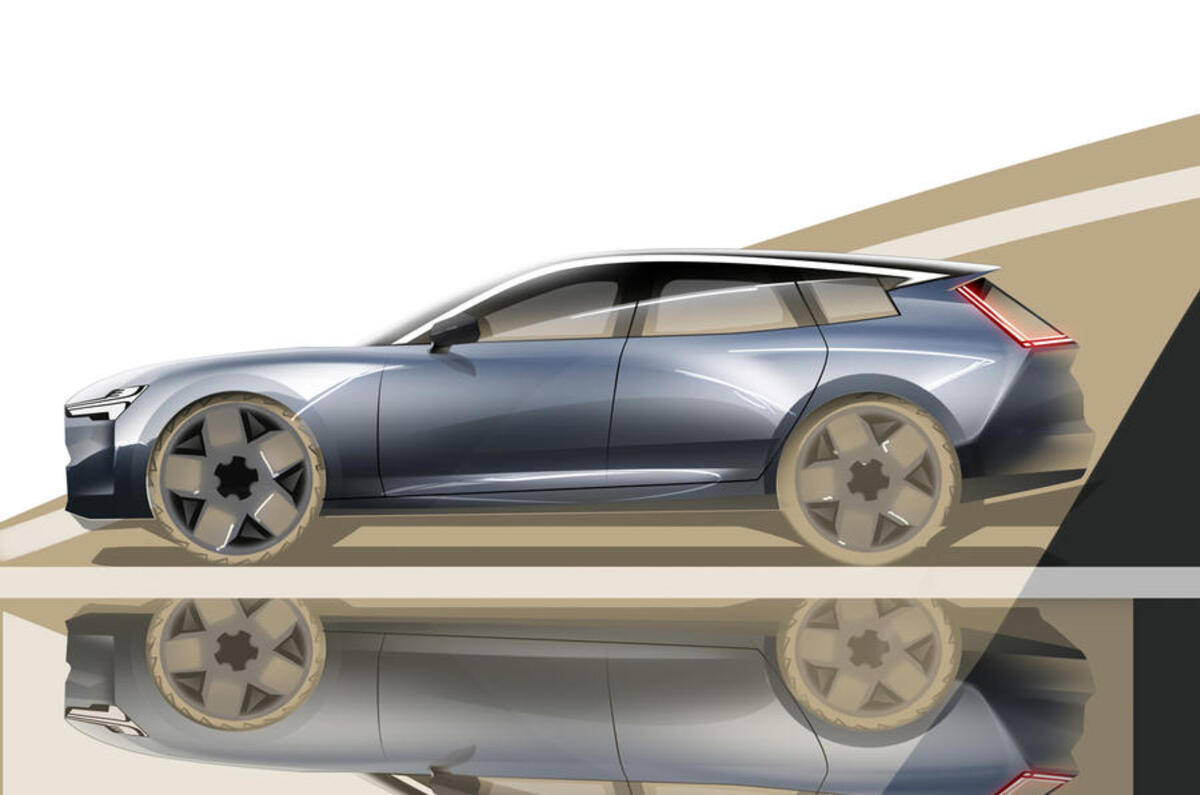Volvo will retain a “tight” and focused product range in its electric-only future, according to company boss Jim Rowan – but while there will be an early focus on SUVs, he hinted that the firm will eventually offer other bodystyles.
The Swedish firm’s sales in recent years have been dominated by high-riding models and its first three electric cars – the Volvo XC40, Volvo C40 and new Volvo EX90 – are all SUVs. They will be followed next year by a new small electric crossover model.
Volvo recently pulled the S60 from sale as it re-evaluates its line-up in the UK for the coming model year, although the machine will continue to be offered in other markets.
Asked if saloon and estate models would play a part in Volvo’s future, Rowan refused to be drawn on specifics, but said: “Suffice to say we play across all the spectrums and range, and we have customers who require different vehicles, and different uses for vehicles. We’ll try and make sure that we can capture as much of that as we possibly can.”
But he added that having “40 different models is not out strategy”. He said: “Our strategy is that we will be tight. We’ll look after the demographic that we think makes sense. We’ve teased what’s coming next, and we’d already signalled we’d do a smaller SUV. Then different formats, saloons and estates or whatever: we’ll get to that when we get to that. ”
Rowan noted that electric vehicle design gave car firms more freedom to share technology between vehicles. He said: “The big secret for us is that we can use the generation of technology that we have in one view and transpose it into the other. Sometimes that will be the same platform. Sometimes that will be the same software and silicon. And we’ll put that in different models.”
The EX90 is built on the new SPA2 platform, while the forthcoming small SUV is set to use the SEA architecture developed by Volvo and Geely. Rowan hinted that platform will be key to helping lower the cost of future electric models.
“We have another platform that takes us into full core computing and takes us into lower cost,” he said. “You need to get to price parity between ICE and BEV. No industry can rely on subsidies for a long period of time. You’ve got to make sure that you can be comparative.
“What’s going to happen in the future is that people making big purchase decisions about a car are going to think about what a residual value of an ICE car is going to be in three or four years' time, and should I buy a BEV because it’s going to have a higher residual value? We need to make sure we are positioned in all those markets.”









Join the debate
Add your comment
I am sure he knows what he is doing, but in terms of communication e.g.
the generation of technology that we have in one view
full core computing
full spectrum and range
same software and silicon
Its like he is going for a running flush in some sort of jargon poker, yes of course i know what he means, but why not just say that, instead of dressing it up in all this flummery.
Okay, to be fair i am being a bit of a hyporcrite for using the word flummery, but i just love it.
Don't you think its always the case though, in these 'interviews' with company bosses. They love using all the jargon and management speak, but I always wonder at the end of the piece what has actually been said. I really wish motoring journalists would be more direct and searching in their questioning to actually find things out for us, but I guess they don't want to upset their paymasters.